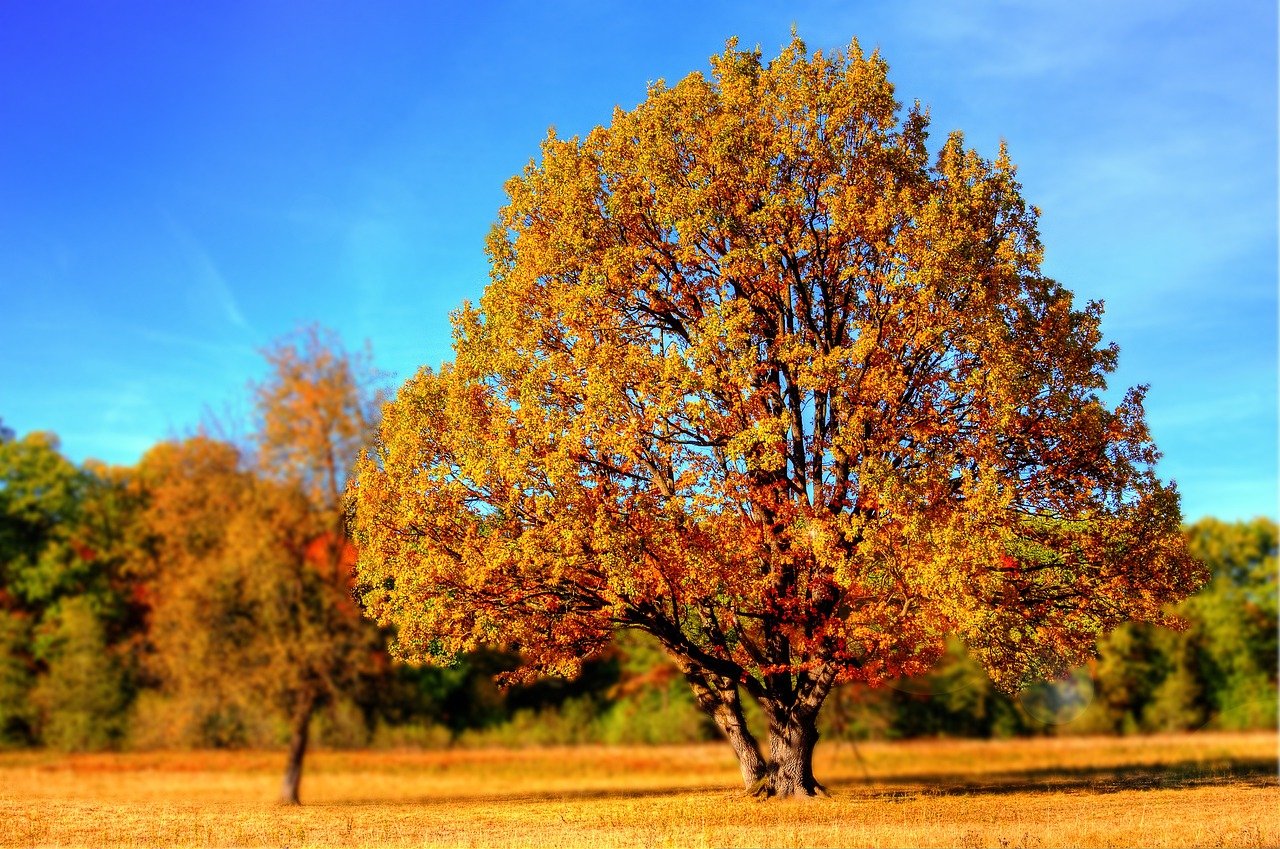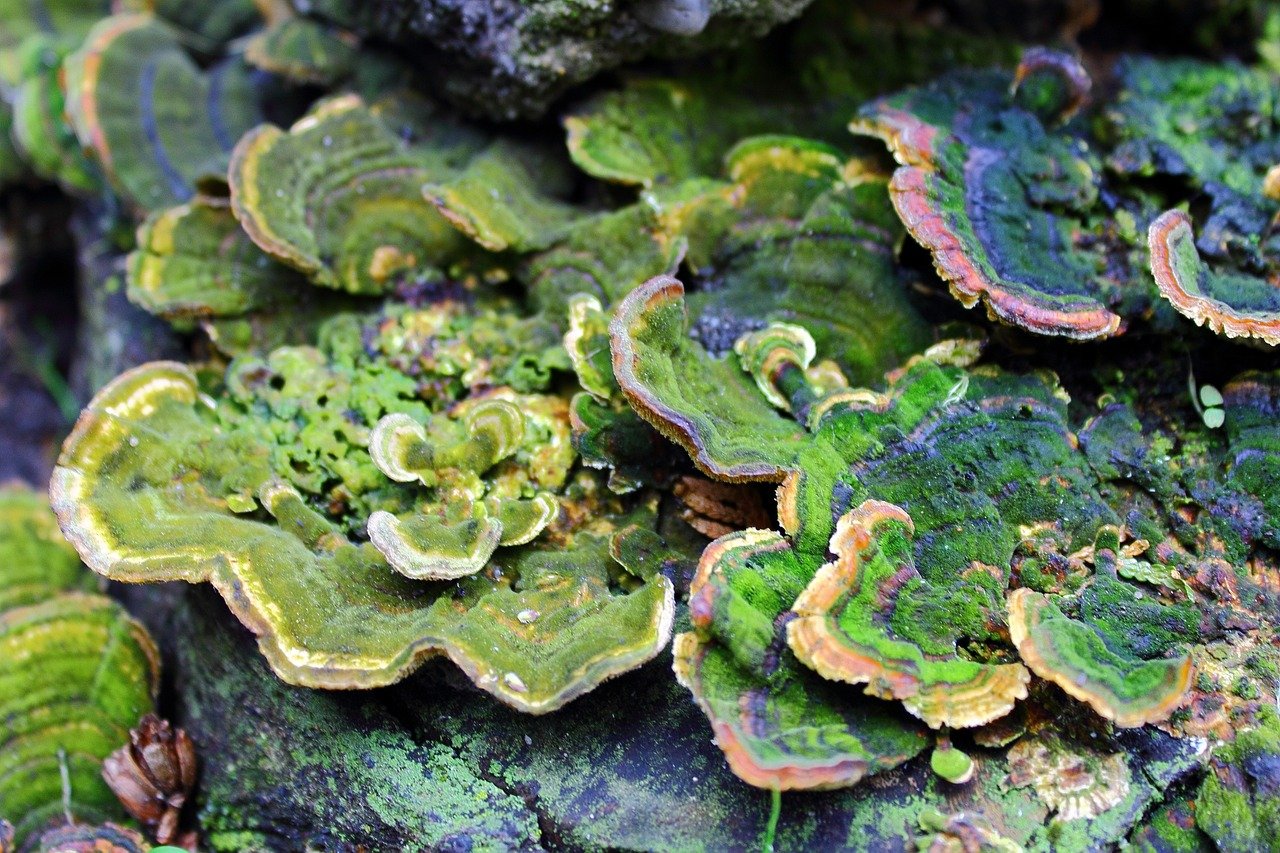Tabla de Contenidos
Improper placement of trees, either due to a lack of landscaping design or not considering their future growth, can both harm the tree and cause damage to nearby structures, including homes and public utilities.
Preventive Pruning and Utility Cables
Open spaces where public utilities run often seem like ideal spots for planting trees due to their openness and illumination. However, caution is essential. Tree branches and power distribution cables don’t mix well. After years of nurturing a tree, it’s disheartening to see it cut down by utility maintenance crews when its branches interfere with wires. A more thoughtful approach would be to plant shrubs or smaller trees that, when fully grown, won’t reach the height of the cables.
A tree planted without considering its mature size can encroach on its surroundings, causing damage to building foundations, neighboring properties, and utilities like water pipes. In many such situations, the only solution is to remove the tree.
Every tree has its growth potential, influenced by factors like health, planting location, and inherent genetics. Many tree guides provide insights into a tree’s potential height, canopy spread, and root expansion. Such information is crucial when planning to plant a tree.
Light Requirements for Trees
Some tree species require well-lit locations to thrive. These “shade intolerant” trees, including many oak species, pines, poplars, walnuts, cherry trees, willows, and firs, need ample sunlight. In contrast, “shade tolerant” trees like hemlock, fir, most birch and elm species, beech, linden, and dogwood can flourish even in less sunny spots.
Potential Harmful Practices
Tree care can sometimes take a backseat, leading to neglect or improper care. Owning a tree is a responsibility, and neglect can lead to lasting damage.
Proper pruning is essential for a tree’s health. If done incorrectly, or if a tree sustains injuries or diseases, it can suffer or even die. Planting aggressive species, like certain vines, near trees can also be problematic. These plants can overshadow and outcompete trees for nutrients and light. If you’re keen on planting shrubs or vines, ensure they’re at a safe distance from trees.
The root system is vital for a tree. Common mistakes that can harm this system include building or paving over roots, digging near the tree trunk, or exposing roots to toxic materials. Such actions can degrade a tree’s health, leading to its eventual death.
Lastly, while trees might seem sturdy enough to serve as posts for fences, lamps, or other fixtures, using them in such a manner can cause damage. It’s essential to avoid such practices to ensure the tree’s well-being.





